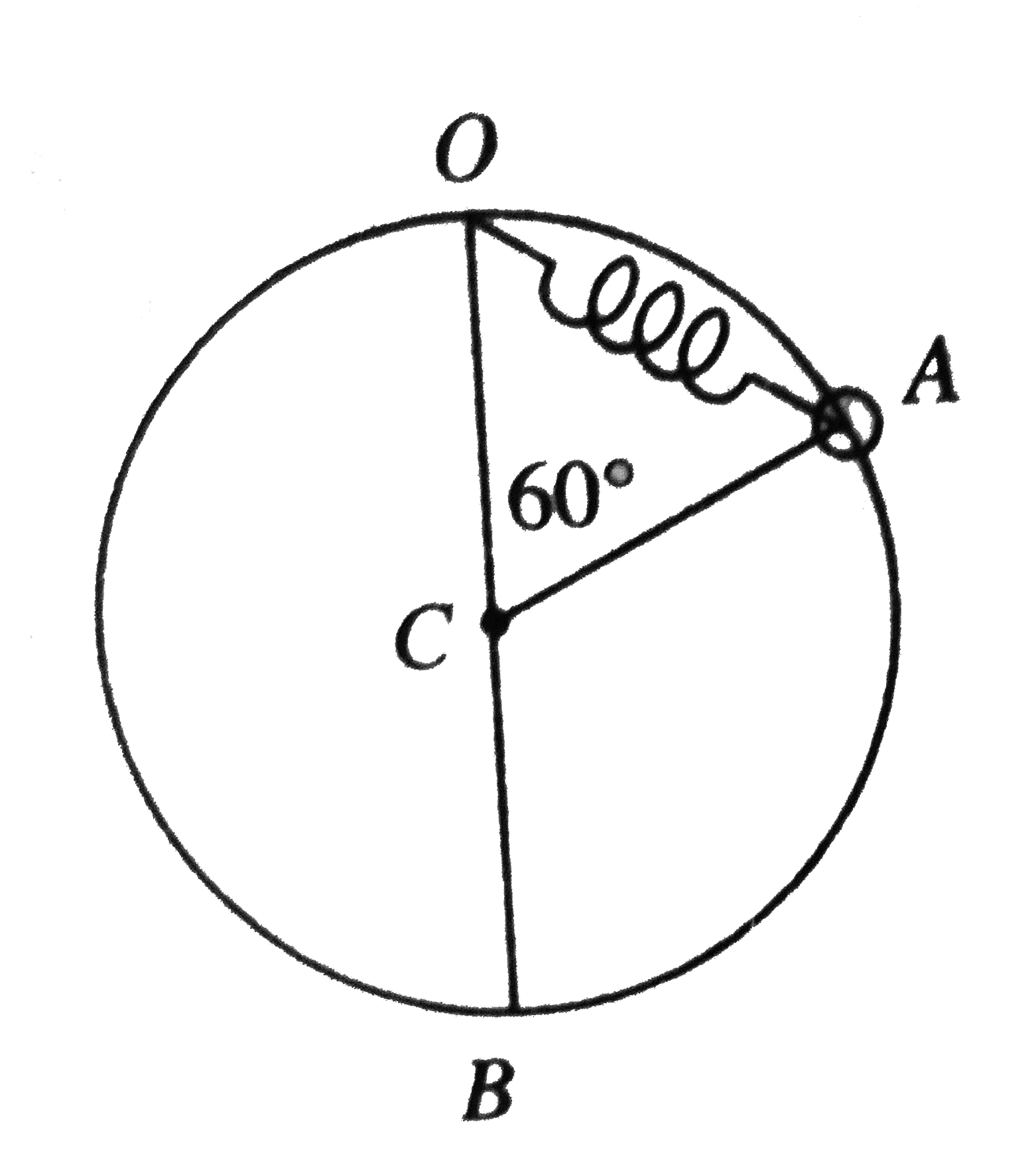At what point will the particles become free and escape as gas.
Step-by-Step Solution:
1. Understanding the State of Matter: Begin by recognizing that matter exists in different states: solid, liquid, and gas. In this case, we are focusing on a liquid.
2. Heating the Liquid: When a liquid is heated, the temperature of the liquid increases. This added heat energy causes the particles within the liquid to gain kinetic energy.
3. Increase in Particle Movement: As the kinetic energy of the particles increases, they begin to move faster. This increased movement means that the particles are vibrating more vigorously and are spaced further apart.
4. Continued Heating: If the heating continues, the kinetic energy of the particles keeps increasing. The particles move even faster, and the spaces between them become larger.
5. Escape of Particles: Eventually, the particles gain enough energy to overcome the attractive forces holding them together in the liquid state. At this point, they can escape from the surface of the liquid.
6. Formation of Gas: When the particles escape from the liquid, they do so in the form of gas or vapor. This transition from liquid to gas is what we observe as boiling.
7. Identifying the Boiling Point: The specific temperature at which this transition occurs is known as the boiling point. For example, the boiling point of water is 100 degrees Celsius at standard atmospheric pressure.
8. Conclusion: Therefore, the point at which the particles become free and escape as gas is called the boiling point.
---
Topper's Solved these Questions
- MATTERBOOK - ICSECHAPTER - MATTEREXERCISE - Test Yourself - 1 ( Fill in the blanks )
5 Videos
- MATTERBOOK - ICSECHAPTER - MATTEREXERCISE - Test Yourself - 2 ( True or false )
4 Videos
- MATTERBOOK - ICSECHAPTER - MATTEREXERCISE - EXERCISE
14 Videos
- LANGUAGE OF CHEMISTRY BOOK - ICSECHAPTER - LANGUAGE OF CHEMISTRY EXERCISE - Exercise (Balance the following equations)
4 Videos
- PHYSICAL & CHEMICAL CHANGESBOOK - ICSECHAPTER - PHYSICAL & CHEMICAL CHANGESEXERCISE - OBJECTIVE TYPE QUESTIONS (Physical & Chemical Changes)
21 Videos
Similar Questions
At what temperature will the particles in a sample of helium gas have an rms speed of 1.0km/s ?
View SolutionA particle is projected from the mid-point of the line joining two fixed particles each of mass m. If the separation between the fixed particles is l, the minimum velocity of projection of the particle so as to escape is equal to
View SolutionWith what velocity should a particle be projected so that its height becomes equal to radius of earth?
View SolutionWith what velocity should a particle be projected so that its maximum height attained becomes equal to radius of earth ?
View SolutionGive reason
On heating a sublimable solid, the molecules break free & escape from surface of the solid directly into vapour.
View SolutionAt what point should the origin be shifted if the coordinates of a point (4,5) become (−3,9)?
View SolutionAt what point should the origin be shifted if the coordinates of a point (4,5) become (−3,9)?
View SolutionAt what point should the origin be shifted if the coordinates of a point (4,5) become (−3,9)?
View SolutionThe process by which ligher earthly particles are made free from heavier particles by washing with water is called
View SolutionA particle of mass 5kg is free to slide on a smooth ring of radius r=20cm fixed in a vertical plane. The particle is attached to one end of a spring whose other end is fixed to the top point O of the ring. Initially, the particle is at rest at a point A of the ring such that ∠OCA=60∘, C being the centre of the ring. The natural length of the spring is also equal to r=20cm. After the particle is released and slides down the ring, the contact force between the particle and the ring becomes zero when it reaches the lowest position B. Determine the force constant (in×102Nm−1) of the spring.

View Solution
